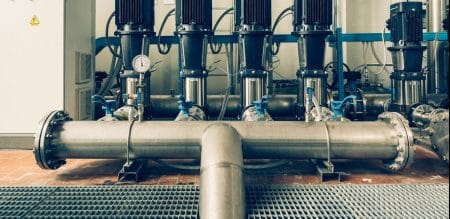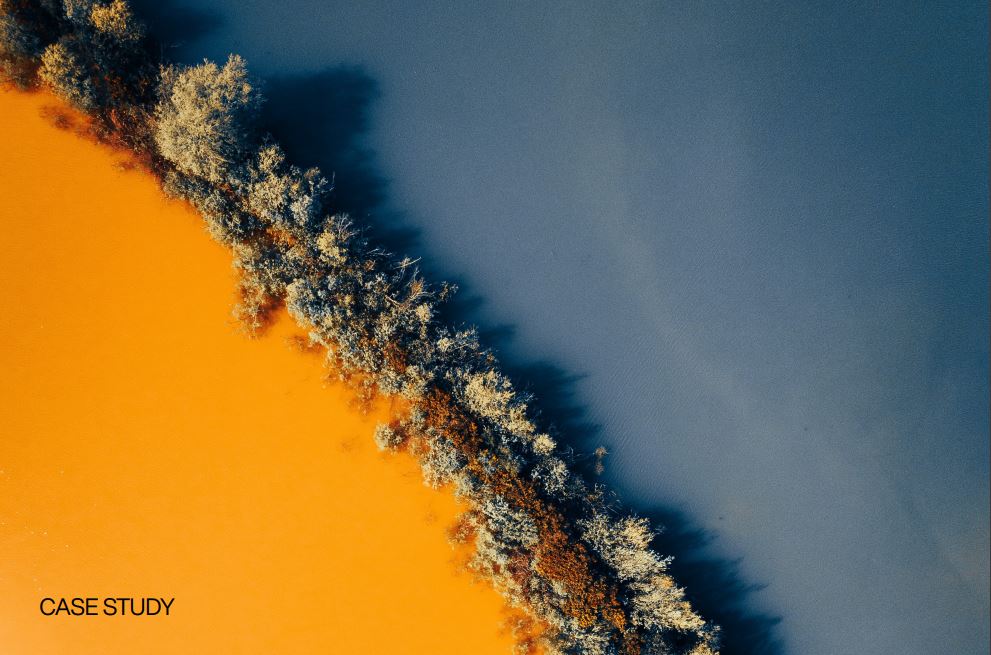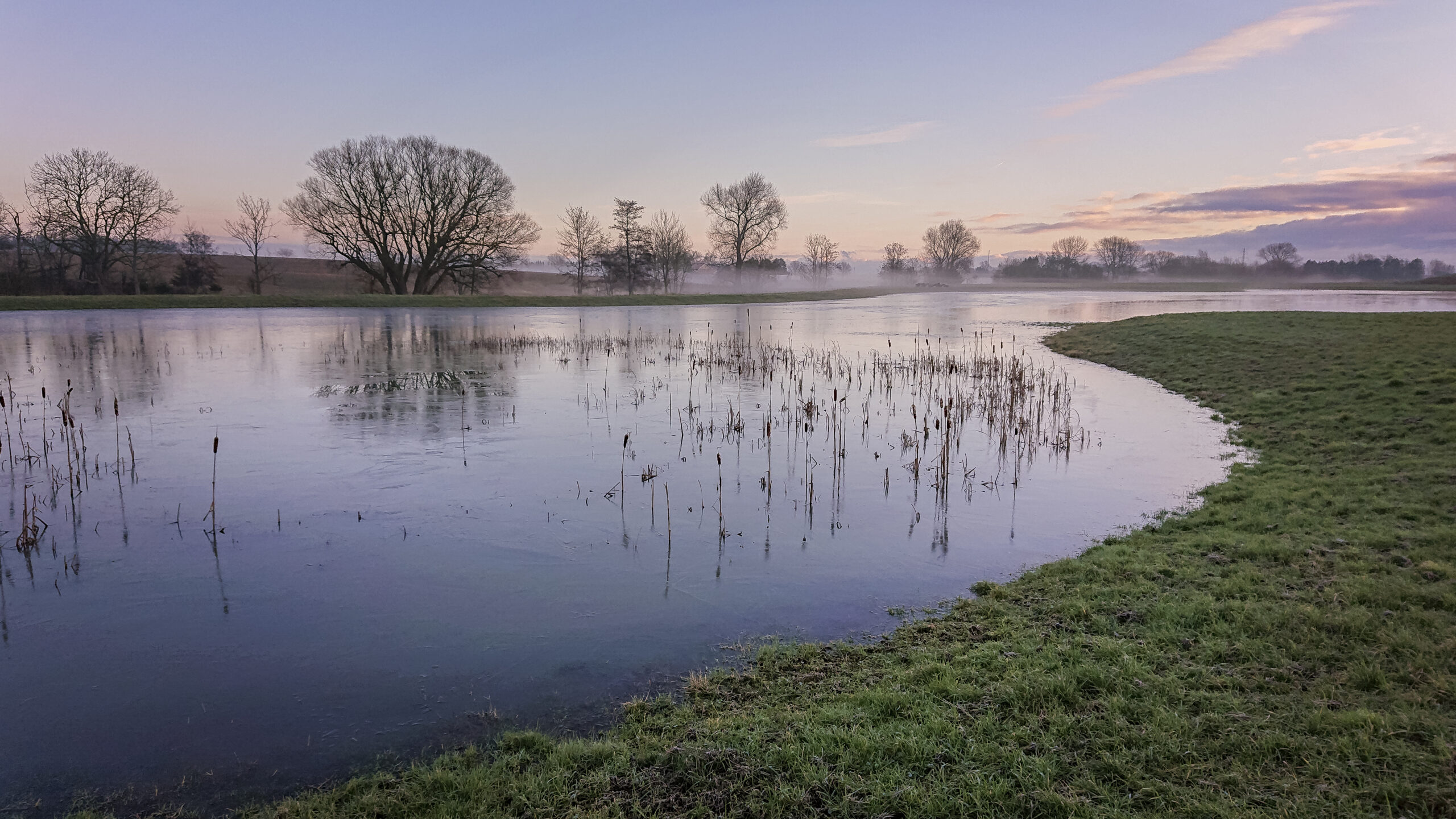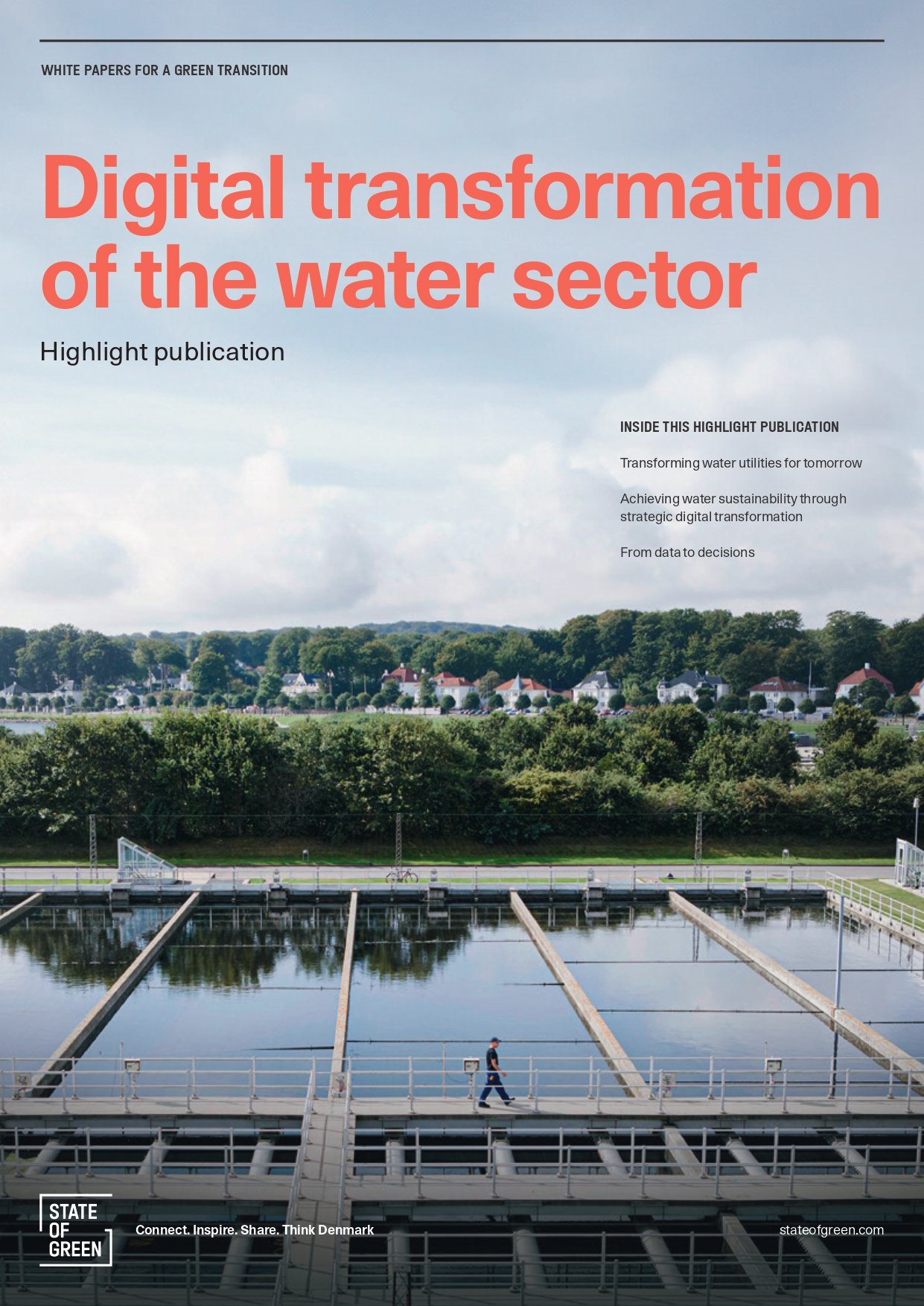News
Urban water management
Wastewater management
Water management
+2
7 examples of reducing urban water loss and NRW


1. Asset Management System reduces water loss
For many years NRW has been high on the agenda for Aarhus Vand – the utility in Denmark’s second largest city – and the NRW level has remained steady between 6.5-7.5%. The objective for Aarhus Vand is to reduce the NRW level to approximately 6%. Through a determined effort since the mid-seventies, the utility has managed to reduce the number of bursts and thereby the water loss. The increase in the total NRW between 2002 and 2005 followed by the reverse development in the coming 3 years was due to a test period without active leakage control in order to investigate the actual benefits of investing in this programme. In addition to asset management, high quality construction work, leakage detection, pressure management, monitoring DMA night flows as well as an intelligent pipe replacement program, new innovative methods are planned to be developed which will benefit and improve the current work. These include a method to complement the Asset Management System to reduce leakage detection costs and the time spent on analysing data from DMAs as well as a new strategy for the design criteria on future constructions to ensure effective maintenance and leakage detection. (Courtesy: Aarhus Vand)
2. Achieving EU’s lowest NRW level
In the city of Odense – home town of world famous fairytale writer Hans Christian Andersen – the water utility VCS Denmark is responsible for supplying 158,000 customers with 9 million m3 water per year. In 2015, an EU report benchmarked a number of European utilities based on their water loss (Non-Revenue Water). VCS Denmark was ranked as the best water utility with an Infrastructure Leakage Index (ILI) of merely 0.7. Real water loss in Odense stands at only 1.17 cubic meter/km/day, or 19 l/connection/day and the NRW level has been reduced to just 6%. These impressive figures are the result of a dedicated effort over the past 20 years. Back in 1992, VCS Denmark established a thorough master plan for the distribution network, changing it from a ring-connected system to a branch network. The network was restructured into zones and district metered areas (DMAs) that are relatively small; 2,150 consumers on average. All 63 DMAs are supervised by SCADA, which enables a reliable online monitoring of leakages. Leakage detection in the field is therefore only used to pinpoint leakages detected by the SCADA supervision. (Courtesy: VCS Denmark)
3. Reducing NRW from 45% to 10% in one year
The city of Al Ain in the Emirates of Abu Dhabi (United Arab Emirates) has managed to reduce its NRW levels from as high as 45% to 10% within one year for 19 District Metering Areas (DMAs). The results were achieved through an integrated approach which included the implementation of real-time hydraulic modelling, automated water balance calculations, installation of flow and pressure monitoring instruments as well as deploying noise loggers for automatic leakage detection and the Holistic Management Information System ‘HOMIS’ on top. HOMIS integrated all operational data systems such as GIS, SCADA, noise loggers, water quality sampling, customer care, billing and finances. By monitoring and reporting online KPIs, HOMIS helped the managers react and initiate corrective measures when specific KPIs were outside the allowed target range. In addition, a dedicated training and educational programme elevated competencies within the utility at both operational and management levels. This has enabled Al Ain in moving towards a 24/7 supply and securing safe and economic operation of the city’s drinking water system. (Courtesy: NIRAS)
Explore our white paper on reducing urban water loss
4. Demand-driven distribution
The water utility Padania Acque Gestione in Northern Italy was presented with a problem by one of the towns connected to its water supply system. Parts of the town’s pipe network consisted of a smaller cross-section which meant that it was not possible to reduce the pressure in the pipes in proportion to the flow supplied. A solution was found using the Grundfos Demand Driven Distribution controller. By using pressure transducers at the ends of the water distribution network, pressure values are measured and sent to the Demand Driven Distribution controller. The controller ensures optimum pressure which reduces water hammer and thereby water loss. The starting pressure was reduced from 6.0 bar, to the current average values of about 4.2 bar, with peaks up to 5.3 bar. The pressure recorded on the terminal by the remote pressure sensor unit has remained steady at around 3.0 bar. The estimated annual savings are projected to be approximately 47,000 kWh, which equates to a savings of about EUR 7,500/year – or 17% per year. The leakage reduction was 25,000 m3/year or approximately 30%. (Courtesy: Grundfos and Padania Acque Gestione S.P.A)
Read the case: Pressure management reduces NRW by 30 per cent in Montodine, Italy
5. Reducing water loss with accurate metering
On Sweden’s largest island, Gotland, hard water created by the island’s calcareous rocks caused deposits in the region’s 12,000 mechanical water meters. The build-up of lime scale, calcium, iron and sand lowered the accuracy of the mechanical meters and caused them to display incorrect water usage – or in some cases – stop working altogether. This forced the region’s water department to replace some of the meters after only three years of use as opposed to the usual ten years. A decision was therefore made to invest in more expensive, but longer lasting, ultrasonic water meters from Kamstrup. The ultrasonic water meters are resistant to mineral deposits as they do not have any moving parts, ensuring unrivalled accuracy and lowering the unbilled consumption throughout their 16-year lifetime. Moreover, the built-in leakage detection in the meters alerts Region Gotland’s water department and pinpoints the location of leaks across their network, ensuring that leaks are quickly fixed and water loss is reduced. (Courtesy: Kamstrup and Region Gotland)
6. Reducing NRW in Oslo, Norway despite historically little focus on the issue
Historically, Norway has had almost unlimited access to drinking water at quite low costs. As a result, there has only been little focus on NRW and NRW-levels around 50% were not unusual. Over the past 5-10 years, though, this has changed as high NRW also leads to high maintenance and production costs as well as overcapacity. In Oslo, several initiatives are being implemented between 2015-2020 to reduce NRW-levels to 20% as an initial goal. An online hydraulic modelling system ‘Aquis’ by Schneider Electric has been implemented and integrated with the SCADA system, ensuring a continuous real-time overview of the state of the distribution system. The model is used for both online monitoring as well as planning, design and optimisation activities. Focus has been on optimisation of the existing system to minimise background leakage and to prioritise the ongoing leakage activities. An important aspect has been to utilise the hydraulic model to check and verify the existing DMA-boundaries and identify optimal points for further instrumentation to ensure efficient monitoring of NRW-levels and support for leakage detection and reduction activities. (Courtesy: NIRAS)
7. Reducing urban water loss in Chittagong, Bangladesh
As the local water utility for Chittagong water network, CWASA is required to deliver an equitable water supply for the entire population in its area. However, it was estimated that the water loss was approximately 60%. In order to reduce its water loss, a number of critical elements needed to be addressed, including rationalisation, improvement of operation and expansion of the network. This required implementation of DMAs, pressure management and flow control, construction of new pipes as well as active leakage control. In the initial phase of the project, up-to-date information of the network was gathered with the help of GIS and hydraulic modelling. In addition, assessment of initial losses – both commercial and real – as well as identification and prioritisation of problem areas were carried out, resulting in identification of 137 km of pipelines to be replaced. Following the completion of the pipe rehabilitation and construction phase, the next steps will be to implement the DMAs and active leakage control as well as operational tools to secure continuous management of the network and a stable water supply. (Courtesy: SWECO)

















